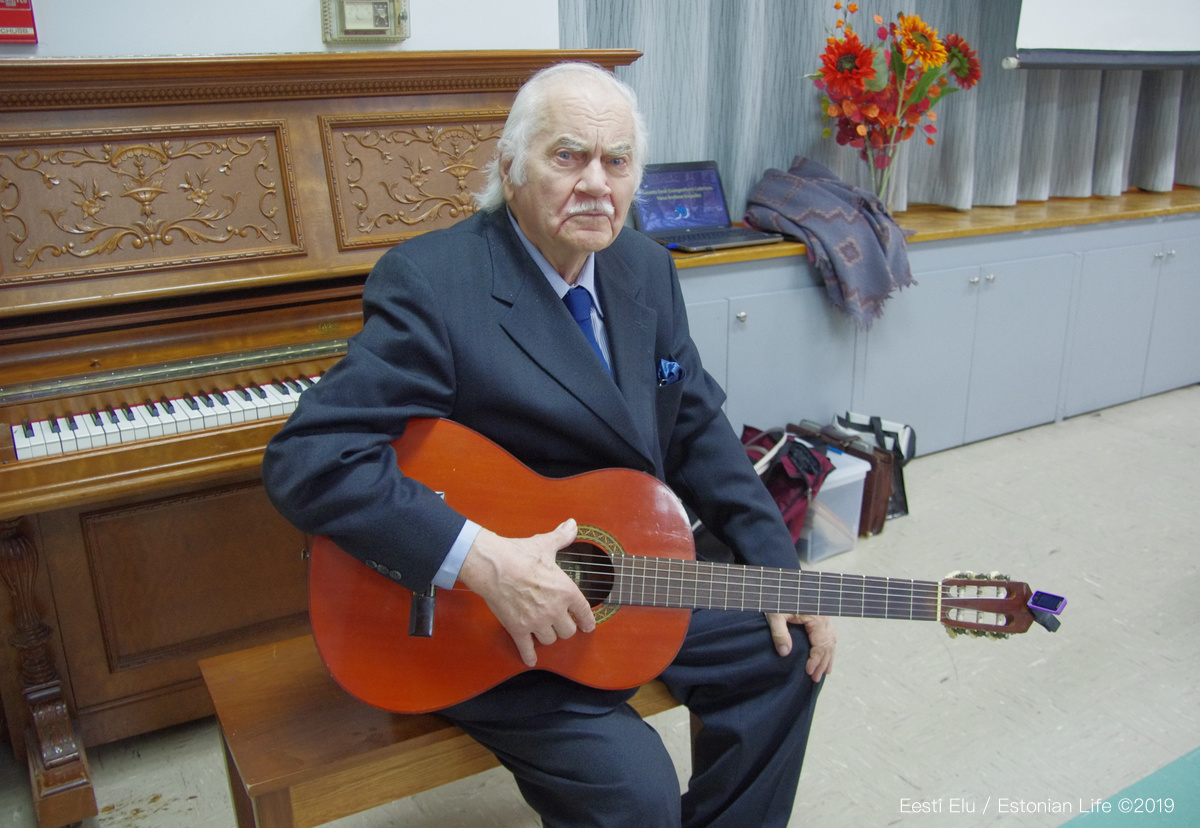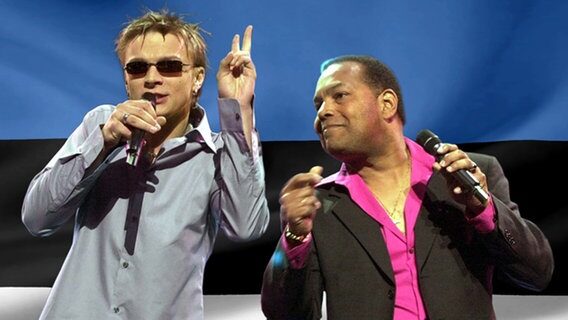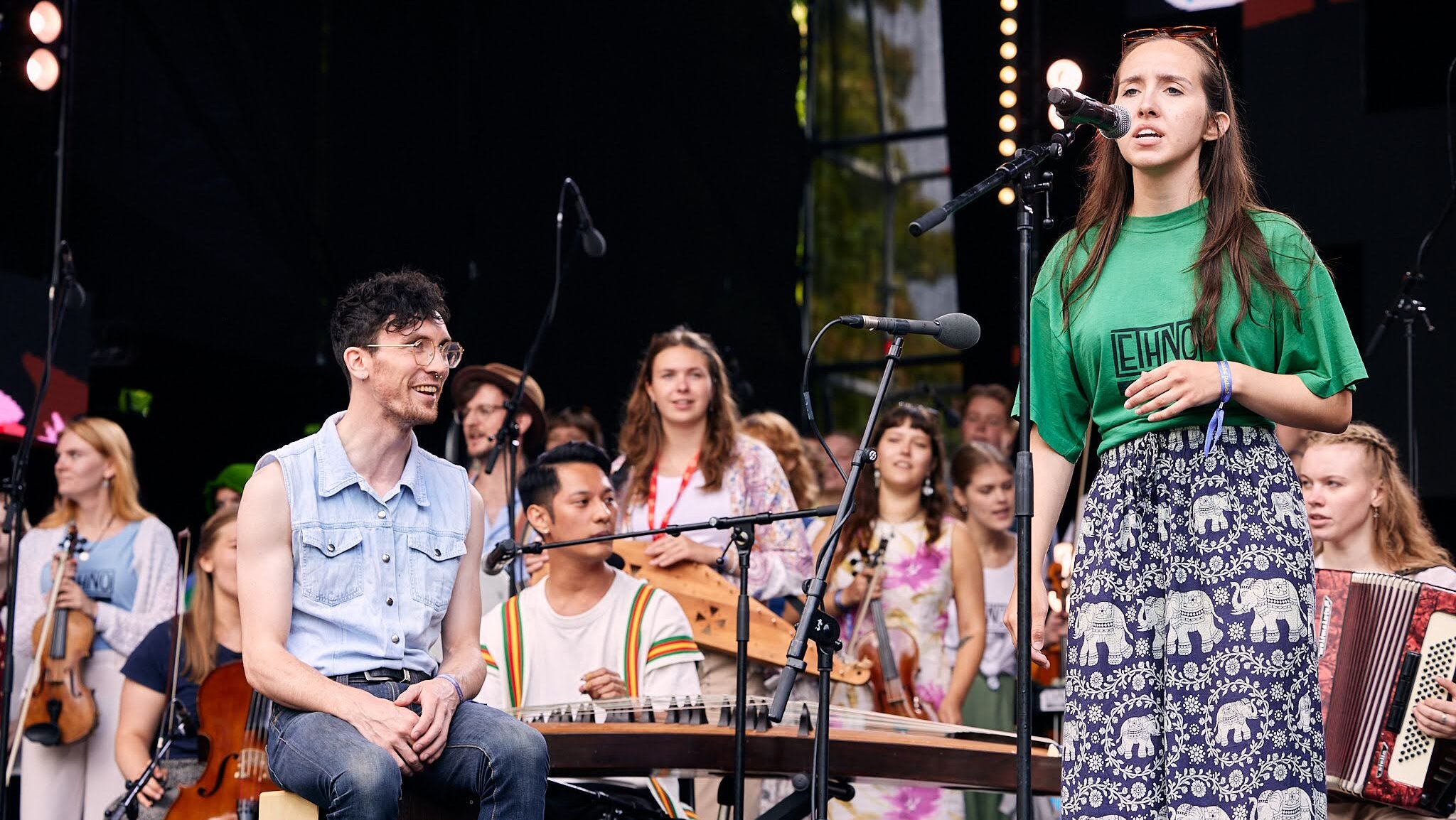I have been impressed by the full-page articles in the Globe and Mail, which have focussed mainly on the Estonian prime minister Kaja Kallas. It is historically significant that her family's background regarding their deportation is brought forward. This demonstrates the inhuman methods used by Russians in dealing
with other populations. Another theme that is now brought forward is the large number of Russians being relocated to Estonia in the fifties. These points were also clearly depicted in a June article (author Liz Sly) which appeared in the Washington Post. A friend in the US brought that to my attention.
A more recent article also appeared on ethnic Russians in Estonia. This, however, was describing their starting to question Putin's war. It appeared in the July 3 Sunday New York Times (author Andrew Higgins), to which I happen to be a subscriber. It is one of the best reports reflecting attitudes and convictions in Estonia in that it covers many themes: Russians in Estonia helping Ukrainian refugees, the Estonian Defence League (Kaitseliit) in which half of the members in Narva are ethnic Russians and the process of Estonianization among ethnic Russians. The significant reference
to “Kaitseliit” I had not seen in any Estonian news report.
I'm asking my readers to stay with me when I next attempt to list the issues around the war, the first being the Russian attack itself. As it was unprovoked, it establishes as the only burden of guilt for so much loss of life on the attacker, echoing at the same time Russian military attacks in the past – the attack with Germany on Poland in 1939 which, one could say, started the Second World War and the occupation of the Baltic states in 1940.
While an immediate issue is the burgeoning refugee problem which calls on other nations for assistance, the quantity and quality of military defence materials many countries are directng toward Ukraine is a major factor to consider. This creates a twofold problem. One is the means of delivery and the other the impression of the helpful countries enhancing the actual war.
The issue of NATO suddenly becoming a meaningful organization is probably the most significant factor on the current conflict. This involves increased membership as well as the intensified degree of co-operation that still needs to develop.
Throughout the conflict an important factor to consider is the increasing awareness of the previously mentioned guilt factor in terms of the Russian onslaught. More and more Russians are becoming aware that their government is responsible for starting and continuing the bloody conflict and many are leaving their country as a result.
These themes are echoed in the articles published through the perspective of Eesti. They certainly reinforce the concept of our homeland being an important player in the current severe situation. I strongly recommend Estonian readers to save these articles
for future reference.'
Andres Raudsepp




